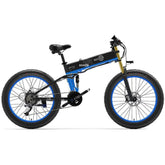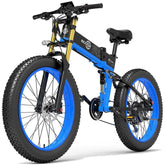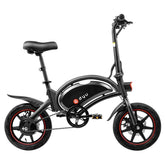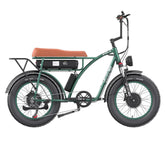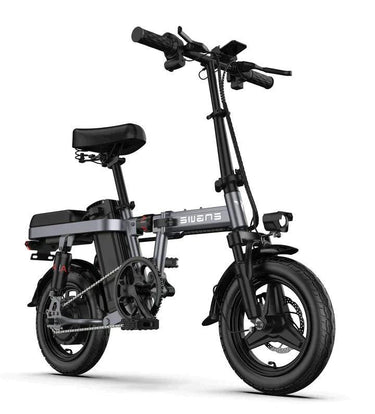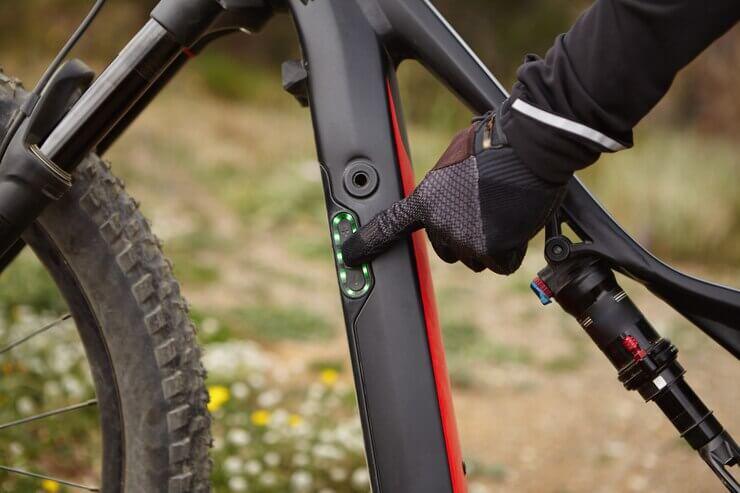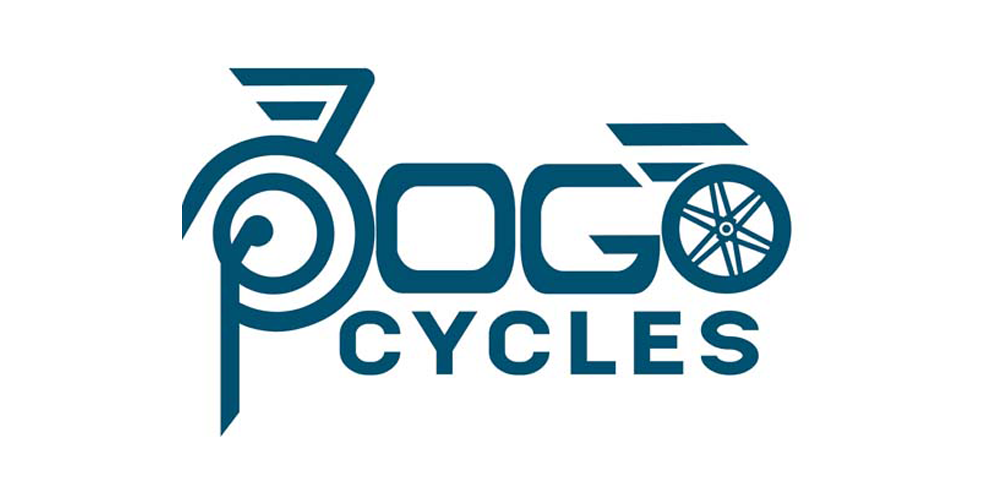Classification of E-bikes: By Motor Power, By Price Range and By Battery Capacity
Fuel prices have risen dramatically in recent weeks. It is almost hard to ignore this. Sadly, researchers caution that price increases may persist for several more weeks or even months. Alternative modes of transportation like e-bikes and lifestyle adjustments are swiftly turning into a financial necessity for customers as fuel prices continue to soar.

Electric bikes are one of the most well-liked alternatives, and for good reason: they can replace all of the of your automobile kilometres. Electric bikes are incredibly affordable, provide outstanding utility and convenience, and are a delight to ride, as millions of customers have already learned.
Less fuel is the first and most obvious way that using an e-bike instead of a car will save you money. Compare that to the startlingly cheap cost of charging an e-bike, which Eco Cost Savings annually. You'll not only contribute to lowering carbon emissions and reducing global dependence on oil while saving thousands of amount at the fuel pump.
The money you save at the fuel pump will almost cover the cost of a new electric bike, but the savings continue elsewhere.
Classification of E-Bikes:
The three-classification system for electric bikes is based on three categories. By Motor Power, By Price Range & By Battery Capacity. Let’s discuss above mentioned classification system
- By Motor Power
- By Price Range
- By Battery Capacity
Let’s discuss above mentioned classification system one by one:
By Motor Power:
Motor power assumes on that the road you're riding on is flat or terrain. You will need about 400W of electricity if you want to ride over uneven terrain. e-bike motor (and the disc brake) If your weight is between 150 and 170 pounds, you will require a flat-surfaced 500W electric bike (36V/12A). Use a 750W–1000W electric bike if you enjoy riding on uneven terrain or if you need greater speed.
The fundamental ideas behind electric scooter motors are surprisingly straightforward. Simply said, modern E bike motors operate similarly to those developed in the 1800s, using an electromagnetic field to continuously spin a rotor through the process of electromagnetic induction.
In essence, this indicates that an electromagnetic field is created when an outside circle of magnets is electrically charged. This turns a rotor in the centre of the motor device, which may then be used to spin gears and wheels, causing an interior ring of multiple smaller magnets to spin repeatedly.
Despite not being the most informative statistic on its own, watts can be helpful in this situation by providing you a basic notion of a motor's capabilities. A bike with a higher wattage may typically go faster and carry more weight, especially when carrying heavy loads because a higher mass bike or load requires more power to create a high torque.

Motor Power Range of E-Bikes is Given Below:
- 0-250 Watt
- 251-500 Watt
- 501-750 Watt
- 751-1000 Watt
- 1001-1250 Watt
- 1251-1500 Watt
- Above 1500 Watt
By Price Range:
Due of the initial fuel problems, e-bikes can be fairly pricey. Since the cost of does fuel fluctuate significantly, buyers may prefer electric motorcycles in light of rising fuel prices. You will essentially get a clear overall image of what influences road e-bike prices if you consider the motor's power, insurance, maintenance, sophisticated features, and weight. They cost about the same as mountain e-bikes, perhaps because both are made for mostly rough terrain with erratic inclines and ascents that need for stronger assists as well as higher durability and weatherproofing.
Electric bicycle upkeep and charging are less expensive. Road e-bikes typically cost around with a range of €1 to €2500.
The Price Range of E-bikes is mentioned below:
- €1- €500
- €501-€1000
- €1001-€1500
- €1501-€2000
- €2001-€2500
By Battery Capacity:
Undoubtedly one of the most important parts of an e-bike is the battery. It fuels the motor, establishes range, and has an effect on handling, weight, and frame construction.
The technology behind e-bike batteries has advanced significantly over time. This has resulted in improvements to e-bike efficiency, making them more and more viable as a practical replacement for gas-powered modes of mobility. The quantity of charge that may be stored in the battery is referred to as its "battery capacity." It is the maximum amount of energy, measured in watt-hours (W-h), kilowatt-hours (kWh), or ampere-hours (Ah), that can be extracted from a battery under a specific set of conditions (A-hr).
The real indicator of a battery's capacity is the total number of electrons it can produce. The Ah value of your battery is crucial for your electric bike's range and torque.
The typical E-Bike battery has a capacity of 5 to 25 Ah.
The Battery Capacity of E-bikes are mentioned below:
- 5- 10 Ah
- 11- 15 Ah
- 16- 20 Ah
- 21- 25 Ah

